Are you considering welcoming a German Shepherd into your home but can’t decide between a male or female? You’re not alone! This is a common dilemma for many prospective dog owners. German Shepherds, known for their intelligence, loyalty, and versatility, are fantastic dogs, but the differences between males and females can sway your decision based on your lifestyle and what you’re looking for in a furry friend. Today, we’ll talk about the 10 differences between a male and a female German Shepherd. So, without much further ado, let’s begin!
Size and Appearance
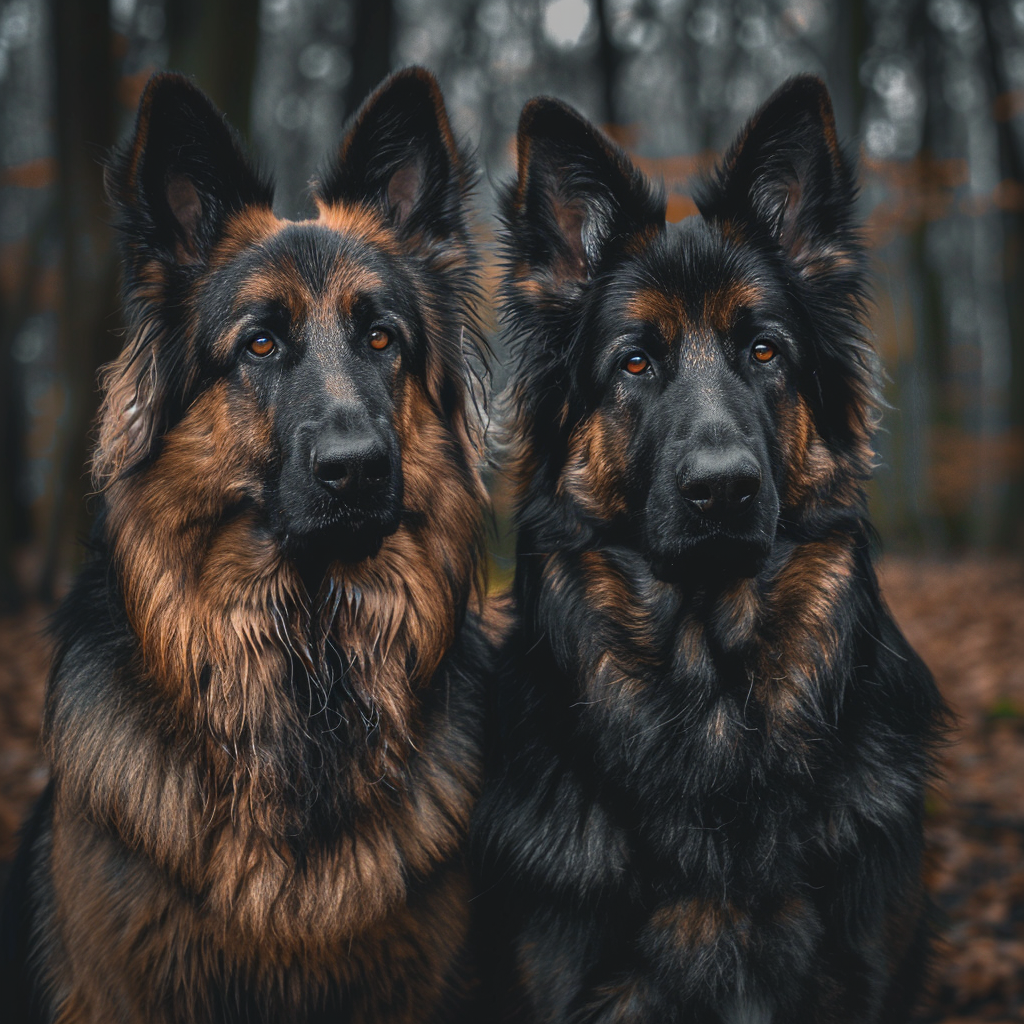
When it comes to their size, male German Shepherds are usually bigger than females. Males also have deeper chests, heavier bones, larger heads, and they are also more brawny. Females, on the other hand, have a more feminine look around the eyes. Most people can easily identify which German Shepherd is male or female just by their appearance.
On average, male GSDs stand between 24 to 26 inches (60.9 to 66 cm) with a weight that ranges from 65 to 90 pounds (29.4 to 40.8 kg). Meanwhile, females are slightly smaller and lighter at around 22 to 24 inches (55.8 to 60.9 cm) tall, with a weight between 50 to 70 pounds (22.6 to 31.7 kg).
Temperament
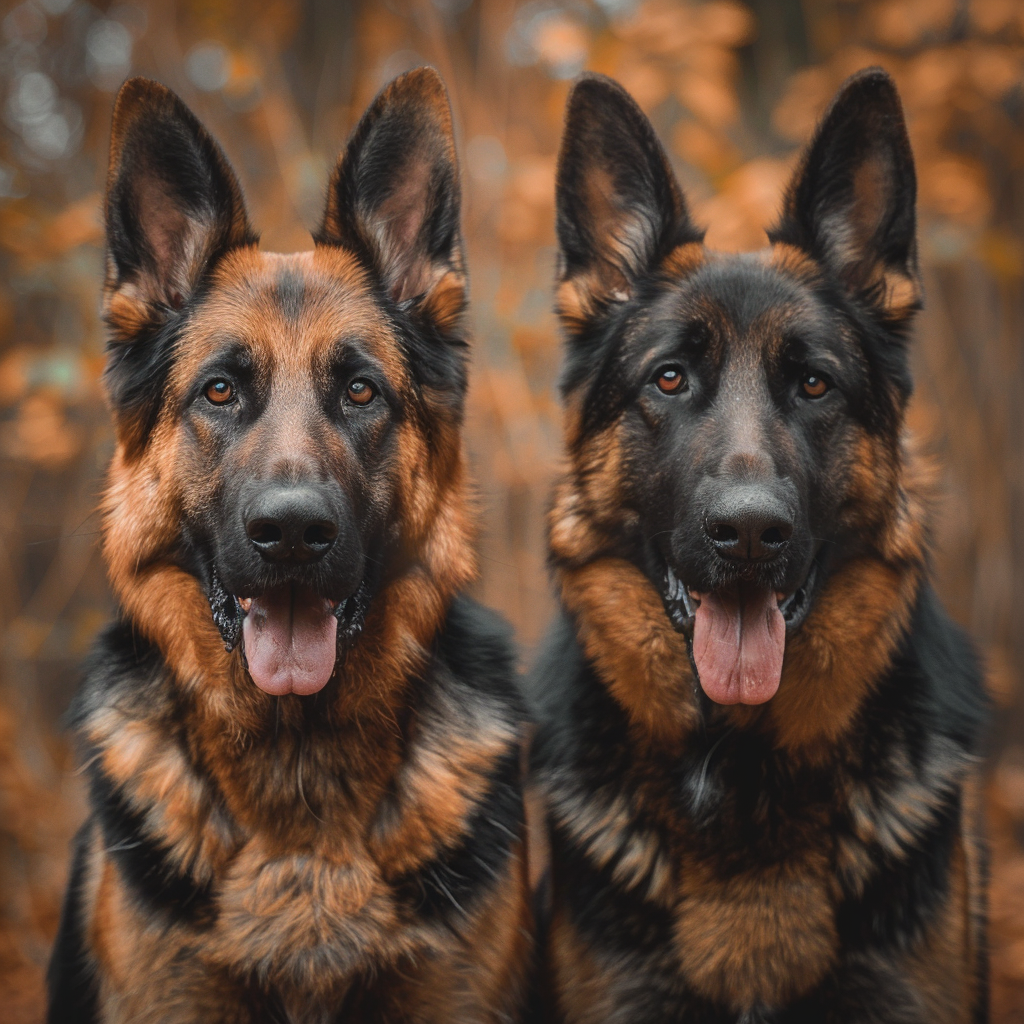
Generally speaking, German Shepherds are intelligent, protective, and vigilant dogs. However, males are more assertive, while females are more tender and caring. It doesn’t take too long for these dogs to create a strong bond with their humans. However, females tend to bond equally with all family members, while males usually create a deeper relationship with one person, although they will still get along with everybody else.
Like humans, dogs are individuals and have their own personalities. Therefore, before bringing home a pet, make sure that you understand their bloodline and that you are dedicated enough to raise them properly so that they grow to be the best version of themselves.
Hormonal Influences
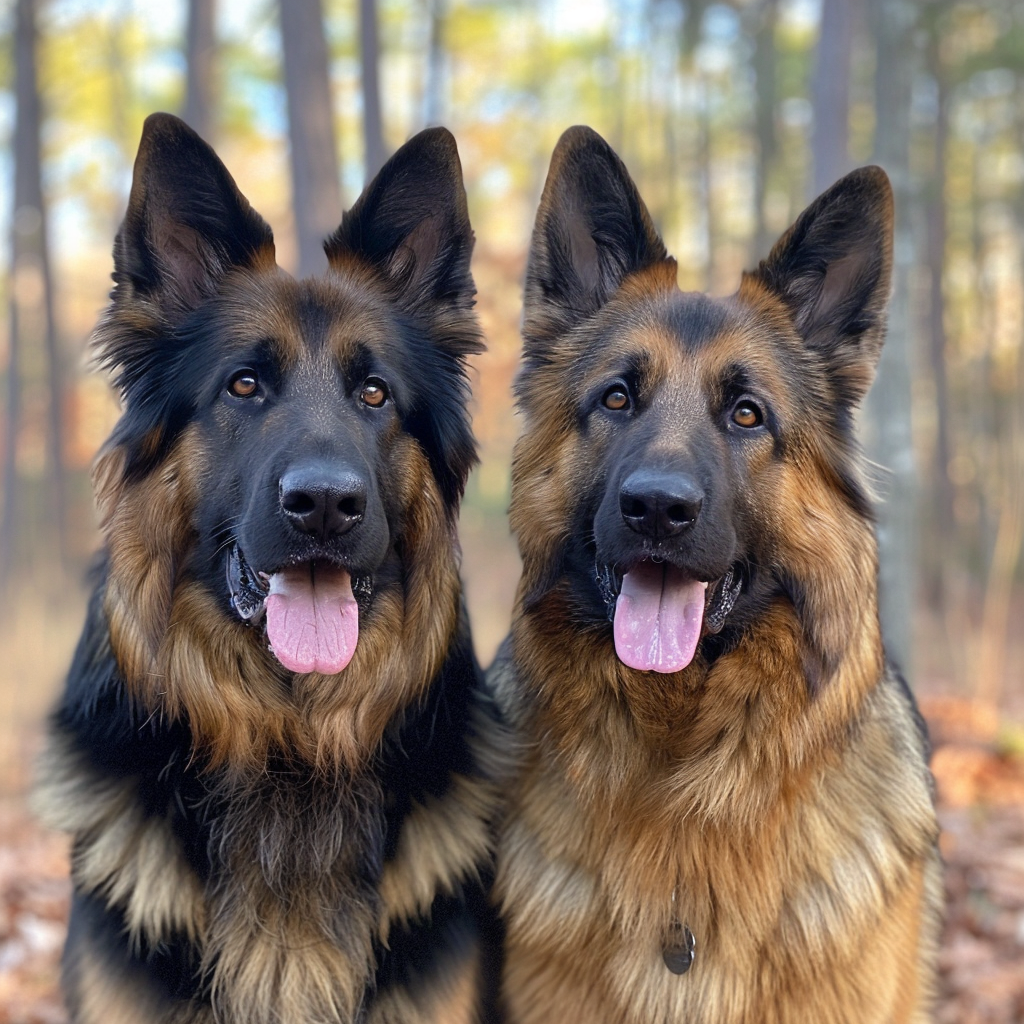
Male German Shepherds tend to be dominant, so training at a young age is necessary to keep them under control. When compared with males, female GSDs are more likely to be submissive.
And as mentioned previously, males are more possessive and dominant. Males who aren’t neutered can also become more frustrated when a female dog is in heat, and they are also more prone to marking their territories.
Meanwhile, females are moodier, especially the unspayed ones. GSD owners also observed that males are goofier, while females are more reserved. Both dogs are curious and like to be included in all family activities.
Training
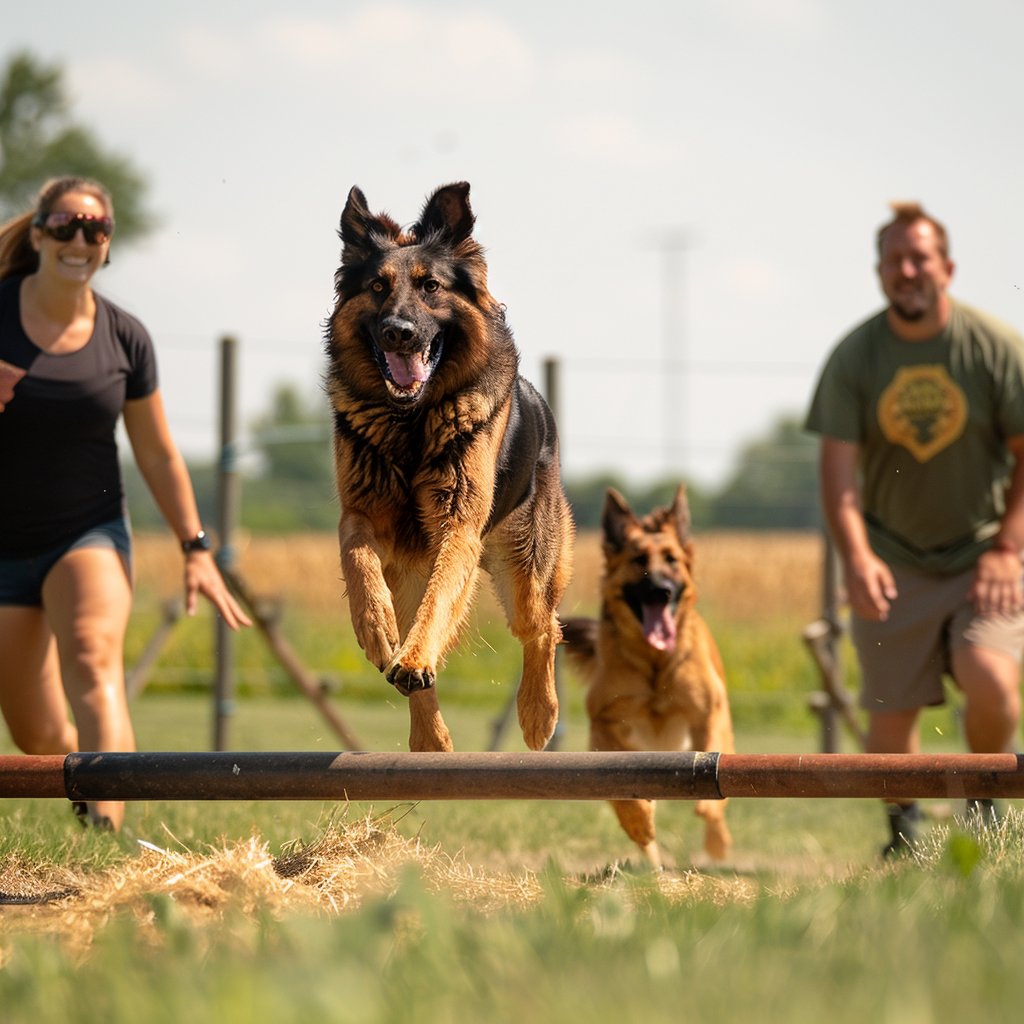
German Shepherds are known for being smart and highly trainable dogs, which is why they are used to work for various purposes. However, when comparing male and female GSDs, males are usually more challenging to train due to their assertive and confident disposition. On the other hand, females are more eager to please their masters, making them easier to train.
For both genders, positive reinforcement techniques should be used when training. For example, reward their good behavior by giving them their favorite treats, or by petting them and providing them with extra playtime.
It is crucial not to wait for these dogs to mature before training them. Start training while they are still young so that they grow to be well-behaved dogs. Because males are more assertive, these dogs are usually used as guard dogs, herders, police and military support, and guides for the disabled. Females, on the other hand, are more popularly used for canine sports, such as agility contests and sporting events, and they are also sometimes used to babysit kids due to their calm and cool nature.
Exercise Requirements

German Shepherds have plenty of energy and stamina, which means that they will need plenty of exercise regardless if they are male or female. However, because males are bigger, they will need more intense physical activities.
On average, German Shepherds need at least 90 minutes of exercise every day to keep themselves healthy and fit. Their activities may be in the form of running, playing fetch or Frisbee, and training for canine sports and other commands. If you’re an adventurous person and are looking for a hiking buddy, a male German Shepherd is the better choice.
If their physical needs aren’t met, these dogs can become stubborn and may develop destructive behaviors, such as chewing, excessive barking, and scratching as ways to release their pent-up energies.
Socialization

Early socialization is important for both dogs to help them become more familiar with their environment, but more so for male German Shepherds to curb their dominant and assertive nature.
While they are still young, expose your dog to various people, sights, sounds, animals, and environments. Basically, the more experience they have, the calmer and more behaved they will be when faced with unfamiliar situations and people.
Enrolling your dog in doggy daycare is also a good idea to keep them tired, as well as to enable them to meet many people and dogs.
Aggression

You probably have an idea by now that between the two, male German Shepherds are more likely to exhibit aggressive behavior than female ones. So, if you want a dog that is easier to handle, go for the female German Shepherd. On the other hand, if you’re looking for a guard dog, then the male one is the better option.
Nevertheless, both sexes can become excellent protectors so long as they are trained for it.
Hormonal Cycles
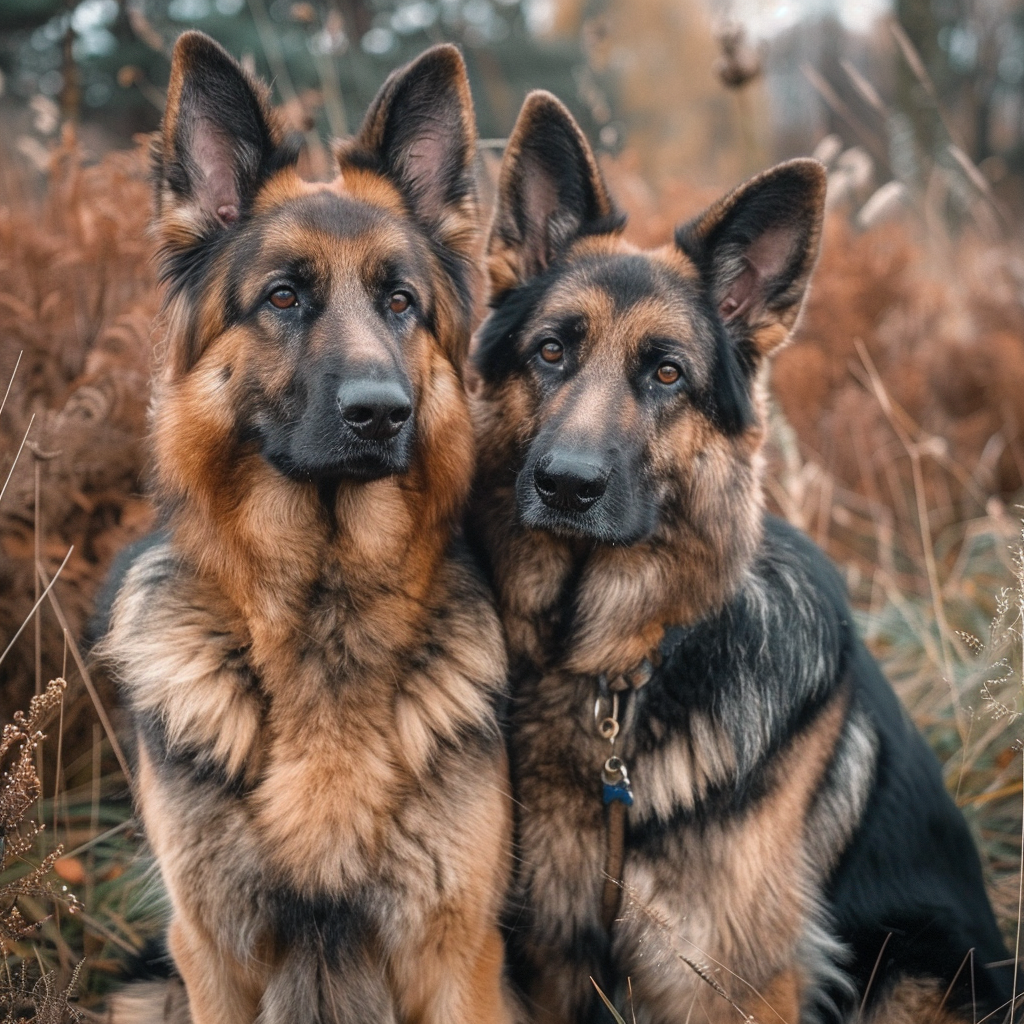
Unlike males, female German Shepherds undergo hormonal cycles. When they are in heat, which happens twice a year or every six months, they may experience mood swings and changes in behavior. As a result, females that are in heat are distracted and are most likely will not listen to their master’s command. It is for this reason that males are commonly used as working dogs as they don’t go into heat.
As additional information, females will be in heat for 21 days on average. You may notice some bleeding, so it is a good idea to keep them in an easy-to-clean area when they are in heat.
Mating Behavior
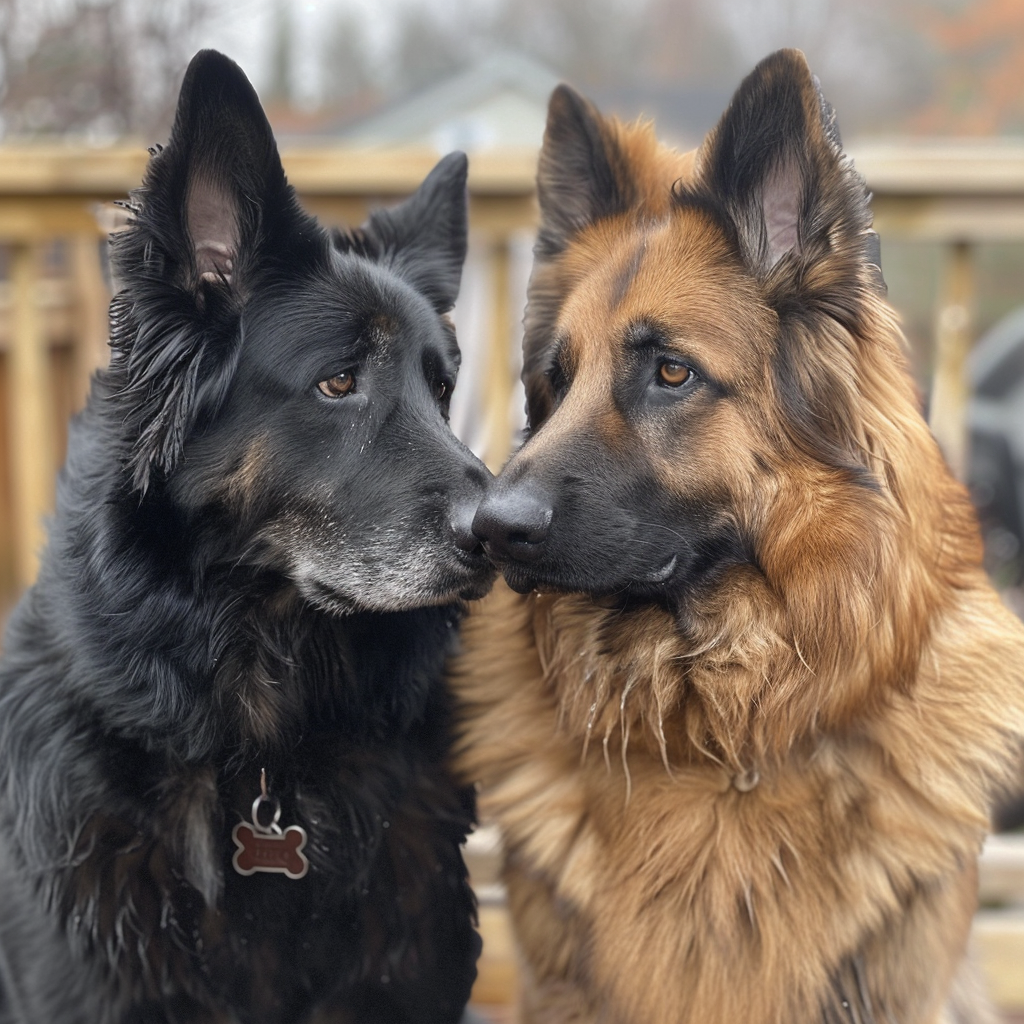
While they don’t go through a heating cycle, male German Shepherds display more mating behavior than females. Males become fertile when they’re about months old. Once they are 12 to 15 months old, they reach sexual maturity. Males can mate at any time, while females are only fertile twice a year. When a male German Shepherd senses that a fertile female dog is nearby, he tends to roam and get distracted.
If you don’t plan on mating your dogs, make sure to keep the male and female German Shepherd away from each other during the heat cycle.
Bonding

Because female German Shepherds are sweeter and more affectionate, they tend to form stronger bonds with their families than male GSDs who are more independent.
Females will show their affection by being sweet to their humans, while males will show their love for their humans by protecting them at all costs. Nevertheless, both dogs are serious about being guardians especially if they are trained for it.
In the end, both male and female German Shepherds make marvelous companions and protectors so long as they are properly raised. Both have edges and differences that will help you decide which of them is perfect for your home. Regardless of your choice, it is crucial that you meet your dog’s needs as it will really make a huge difference in how your pooch behaves in the future.
Did you find these insights helpful? If so, give us a thumbs up, share your experiences or questions in the comments, and don’t forget to follow for more dog-focused content.





















